
Postnasal Drip and Sinusitis
Key facts. 'Post-nasal drip' is when mucus from your nose or sinuses drips down the back of your throat. Common causes of post-nasal drip are viral infections, sinus infections and hay fever. Treatment of post-nasal drip usually involves treating the cause. You can relieve your symptoms by drinking lots of fluids and avoiding irritants such.
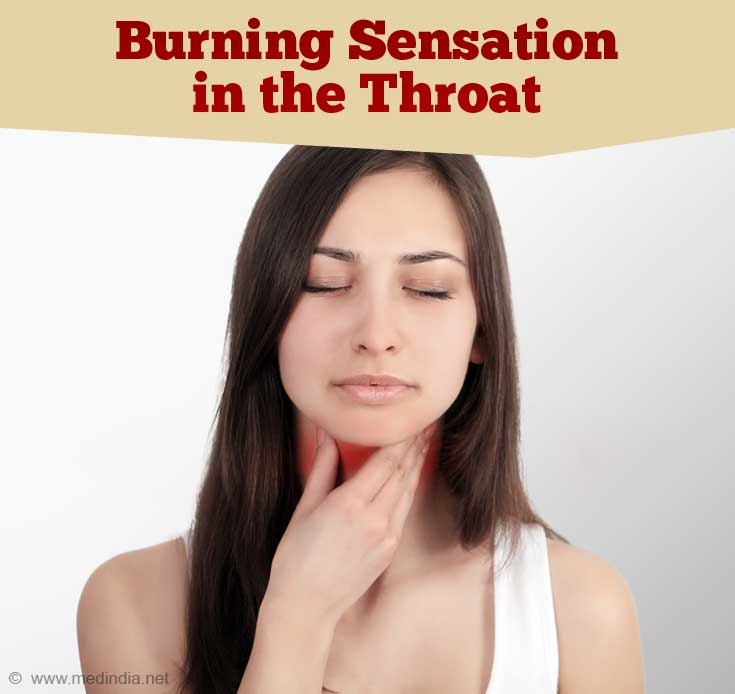
PostNasal Drip Causes, Symptoms and Remedies
post-nasal drip syndrome complications, post-nasal drip syndrome can cause what disease. 2021-08-09 06:34:05 ; 1

Postnasal drip symptoms, causes and treatment
The American College of Chest Physicians defines upper airway cough syndrome (UACS) as a syndrome characterized by chronic cough (i.e., present for ≥8 weeks) related to upper airway abnormalities. [1] . Central to the diagnosis is the presence of abnormal sensations arising from the throat (e.g., patients may describe something stuck in the.
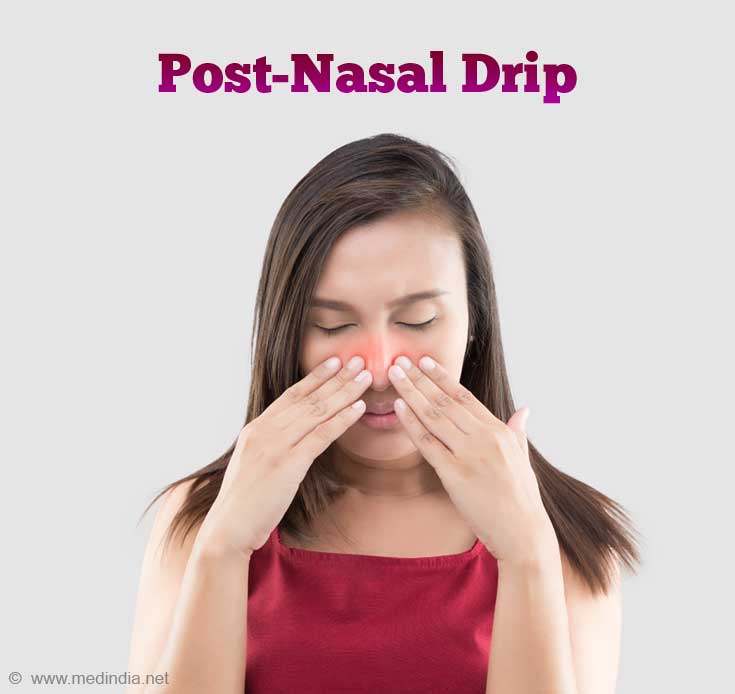
PostNasal Drip Causes, Symptoms and Remedies
The condition triggers a set of reactions that cause irritation and discomfort. Common symptoms of postnasal drip include: A feeling of mucus dripping down the back of your throat. Frequent swallowing. Throat clearing. Garbled or hoarse speech. Dry, sore throat. The sensation of a lump in the back of your throat.

What is Postnasal Drip Syndrome? YouTube
When excess mucus builds up and drips down the back of your throat, it's called postnasal drip. In addition to feeling like mucus is draining down your throat, symptoms of postnasal drip include cough, the urge to clear your throat and hoarseness. Postnasal drip has many causes, including allergies, infections, pregnancy, medications and GERD.
:max_bytes(150000):strip_icc()/Health-postnasal-drip-7228969-horiz-V2-4f5e89807b354ee1859946b5ae9967b6.jpg)
Postnasal Drip Symptoms, Causes, Diagnosis, Treatment
Postnasal drip is when mucus drains from the nose or sinuses into the throat. It's a common cause of chronic cough. Symptoms of postnasal drip include nasal congestion and dripping mucus in your throat. Nasal steroid sprays, oral antihistamines, and pseudoephedrine are some of many ways to help treat postnasal drip. 01:50.

Postnasal Drip in Children Pediatric Pulmonologists
Post-COVID Cough. Many patients are noticing persistent symptoms after being considered "recovered" from COVID 19 illness. They may have been released from self-isolation and are no longer considered acutely ill, but continue to struggle with bothersome symptoms. Cough is the second most common persistent symptom after COVID-19 infection.

PostNasal Drip Symptoms, Causes & Treatment in Denver Advanced ENT & Allergy Center
The symptoms of empty nose syndrome include: difficulty breathing through the nose. a recurring sensation of drowning. breathlessness, or a need to gasp for air. nasal dryness and crusting.
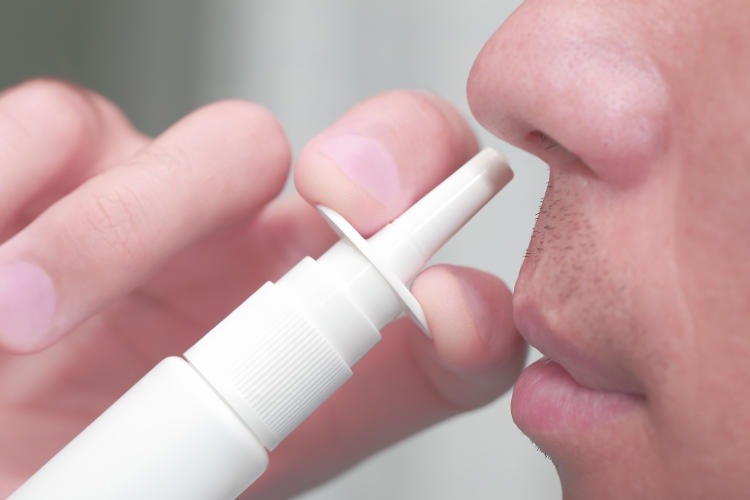
Postnasal drip symptoms, causes and treatment
Caused by Infections. Caused by Medications. Post-nasal drip, also called upper airway cough syndrome (UACS), is a common disorder. It can be caused by colds, allergies, gastroesophageal reflux disease (GERD), and other conditions. It happens when the amount or quality of the mucus that's typically produced in the airways has changed and is now.

What Causes Post Nasal Drip? Symptoms and Treatment
Postnasal drip syndrome refers to the syndrome in which nasal diseases cause secretions to flow back to the back of the nose and throat, and even back to the glottis or trachea, resulting in nasal inflammatory secretions of patients with cough or allergic rhinitis flowing into or inhaling into the lungs through the posterior nasal foramen and pharynx, which is the main manifestation.
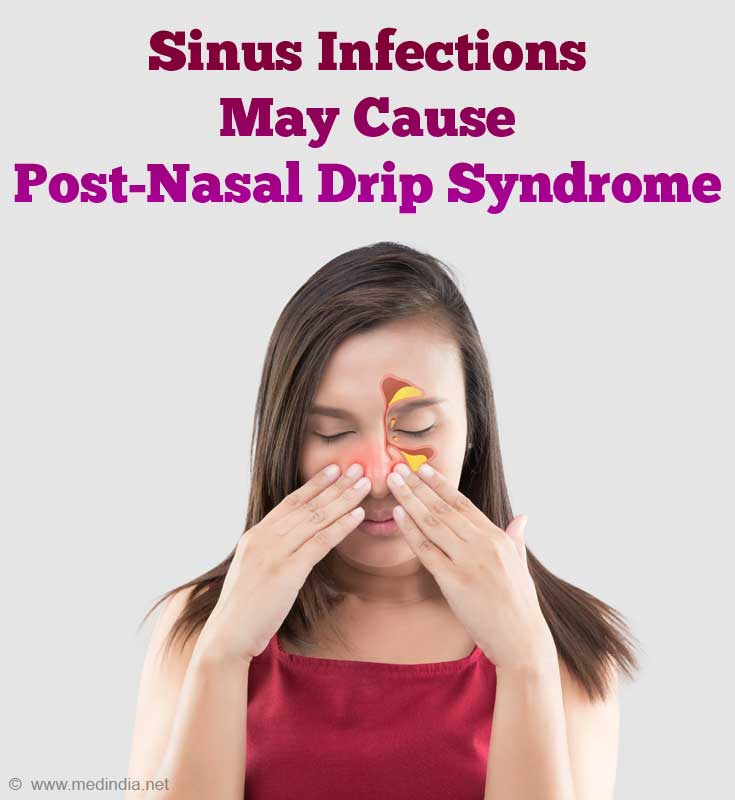
PostNasal Drip Causes, Symptoms and Remedies
A nasal steroid spray (such as beclomethasone/Beconase or triamcinolone/Nasacort) Ipratropium (Atrovent) nasal spray which inhibits secretions (such as mucus) Other treatments depend on the cause of the post-nasal drip. Antibiotics are not usually helpful, so they aren't usually prescribed for post-nasal drip (unless the symptoms are due to.

Discover Post Nasal Drip Relief American Sinus Institute American Sinus Institute
A chronic cough can occur with other signs and symptoms, which may include: A runny or stuffy nose. A feeling of liquid running down the back of your throat (postnasal drip) Frequent throat clearing and sore throat. Hoarseness. Wheezing and shortness of breath. Heartburn or a sour taste in your mouth. In rare cases, coughing up blood.
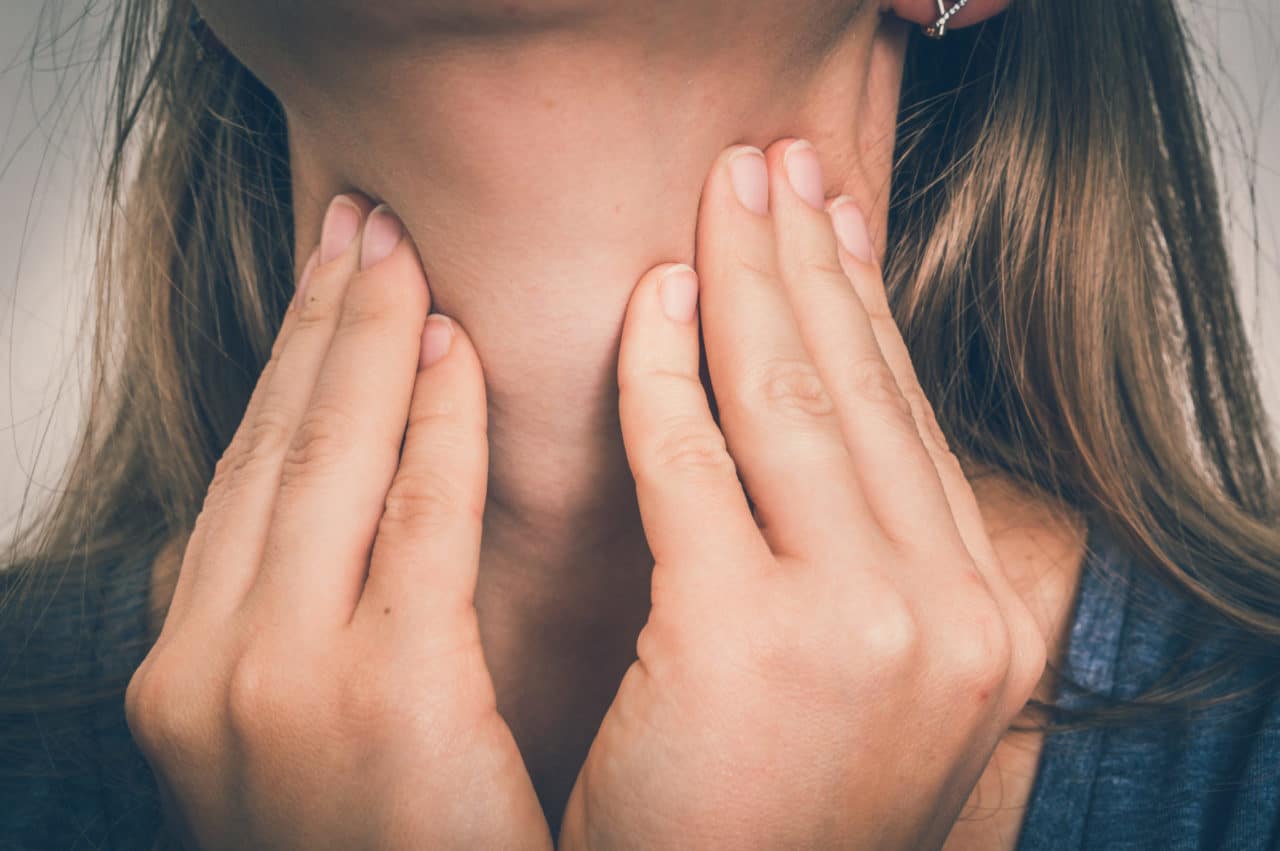
Postnasal Drip The ENT Center of New Braunfels
Postnasal drip is excess mucus that the nose and throat glands secrete. Home remedies, such as drinking fluids, or medications, such as decongestants, can help to relieve symptoms. The nose.

What is Postnasal Drip? Causes, Symptoms, Treatment
Mucus is normally swallowed unconsciously, but when there is a feeling of the mucus gathering in the throat or dripping from the back of your nose, it is called post-nasal drip. Glands in your nose and throat continually produce mucus, normally one to two quarts per day. Mucus moistens and cleans the nasal lining, moistens air, traps and clears.
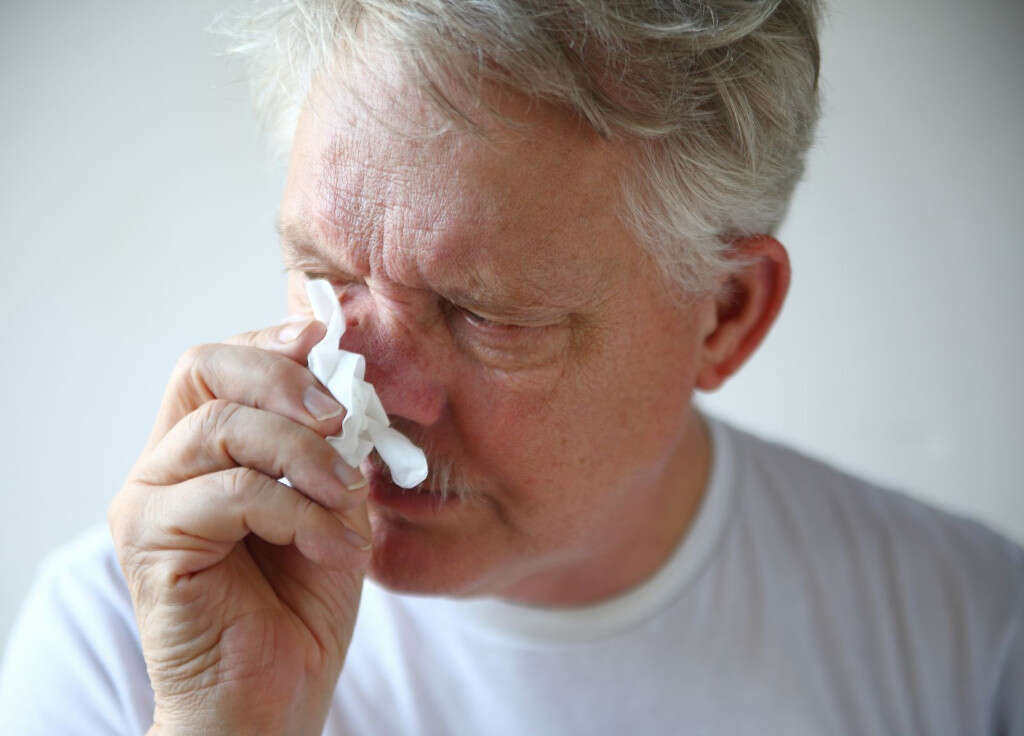
Post Nasal Drip 10 Post Nasal Drip Symptoms
221 American Academy of Otolaryngologyead and Neck Surgery Foundation ast reviewed August 21. For more information, visit: www.ENThealth.org.

Causes and Symptoms of Post Nasal Drip Westside Head & Neck
7 min read. Postnasal drip is the accumulation of mucus in the back of the throat, which can cause a feeling of congestion, a sore throat, or a cough. It is a common symptom of conditions such as.